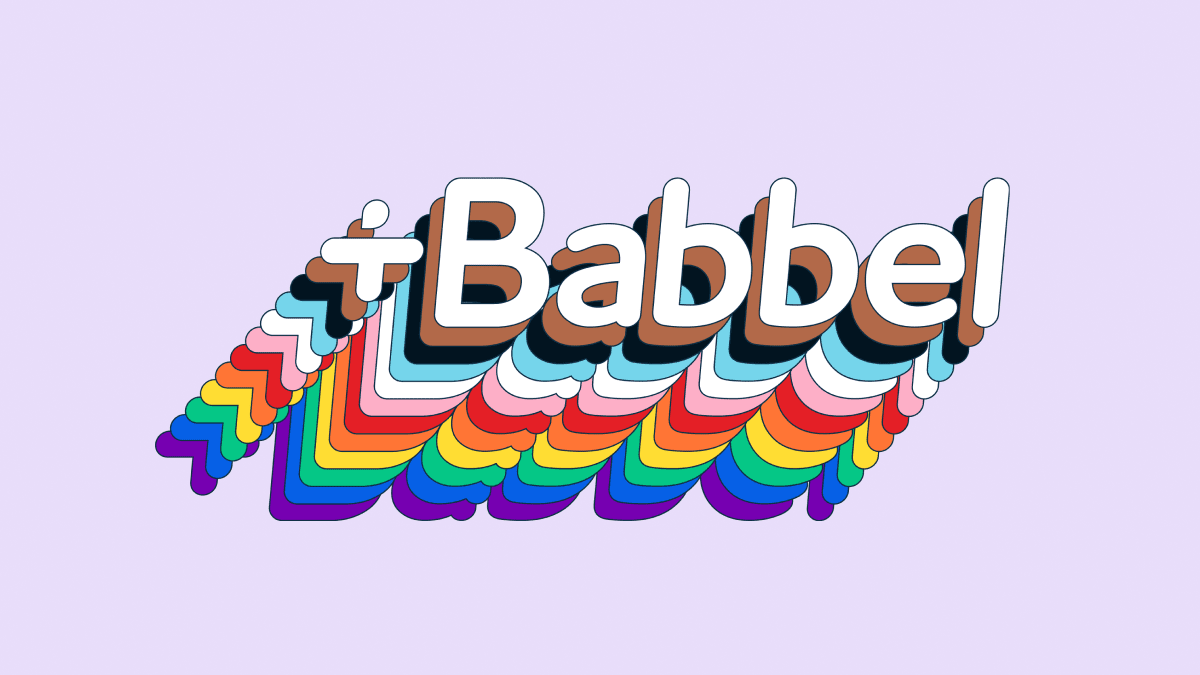The Peculiarities Of Punctuation Marks
You might have spent days on end running grammar drills or committing lists and lists of vocabulary to memory in your quest to learn a new language. And all of that stuff is certainly important; words and the rules that link them together are, after all, the building blocks of any tongue. But one thing that language classes don’t often spend a lot of time on is the infrastructure that holds these verbal units and expressions together on a page: punctuation marks! With all its nuances and particularities, punctuation in other languages is a topic that shouldn’t be overlooked.
It’s partly because punctuation marks only exist in the world of written language. An exclamation point in many languages, for example, is just an approximated way to capture verbal excitement, which you can express out loud by raising your voice, speeding up your speech, or changing your intonation.
If we think of written language as occasionally arbitrary (think about how the history of English means many of its words sound nothing like they’re spelled, like colonel, or how the letter h in Spanish is silent in words like hola or horario), you can see that the way we try to capture spoken language in writing isn’t always perfect. But that doesn’t mean it’s not worth learning! Read on to find out more about punctuation marks around the world.
The Four Most Common Punctuation Marks
- Period (.)
The period is perhaps the most fundamental punctuation mark, used to end declarative or imperative sentences. It creates a full stop, signaling the reader that a complete thought has been expressed.
Example: I enjoy learning languages with Babbel. - Comma (,)
The comma indicates a brief pause within a sentence. It separates items in a list, sets off introductory phrases, and divides clauses.
Example: When learning Spanish, French, or Italian, many students find that regular practice is essential. - Question Mark (?)
This mark signals that a sentence is interrogative, requiring an answer.
Example: Have you tried Babbel’s conversation-based learning approach? - Exclamation Point (!)
Use this to express strong emotion, surprise, or emphasis.
Example: I finally mastered the subjunctive tense in French!
Other Essential Punctuation Marks
- Colon (:)
A colon introduces a list, explanation, or quotation. It signals that what follows is directly related to the preceding text.
Example: Babbel offers courses in several languages: Spanish, French, German, and Italian. - Semicolon (;)
The semicolon connects two closely related independent clauses without using a conjunction.
Example: Learning vocabulary is important; understanding grammar is equally vital. - Dash (—)
A dash sets off a pause or a nonessential element in a sentence, often with more emphasis than parentheses.
Example: The most effective language learning method—according to recent studies—involves daily practice. - Hyphen (-)
Hyphens join compound words and connect parts of words divided between lines.
Example: The well-structured lessons help beginners progress quickly. - Parentheses ( )
These enclose additional information or asides that aren’t essential to the main text.
Example: Babbel’s speech recognition technology (which analyzes your pronunciation) helps improve speaking skills. - Brackets [ ]
Brackets indicate editorial changes within quotations or contain explanatory material.
Example: The instructor noted that “they [the students] made remarkable progress.” - Braces { }
Primarily used in mathematical contexts or to group related items in specialized notation.
Example: The set of Romance languages {Spanish, French, Italian, Portuguese, Romanian} shares Latin roots. - Apostrophe (‘)
This mark indicates possession or the omission of letters in contractions.
Example: Don’t worry about making mistakes; they’re part of the learning process. - Quotation Marks (” “)
These enclose direct speech, titles of shorter works, or terms used in a special way.
Example: My instructor said, “Your pronunciation has improved significantly.” - Ellipsis (…)
An ellipsis indicates an omission of words or a pause in speech or thought.
Example: As you progress in your language journey… well, the possibilities are endless. - Slash (/)
The slash indicates alternatives or divisions.
Example: The and/or construction can be confusing for language learners.
Rules on Punctuation Marks: Common Mistakes to Avoid
- Avoid comma splices: Don’t join two independent clauses with only a comma. Use a semicolon, conjunction, or period instead.
Incorrect: I studied Spanish, I found it fascinating.
Correct: I studied Spanish, and I found it fascinating. - Use apostrophes correctly: Remember that “it’s” means “it is” while “its” is possessive.
Example: It’s important to practice its pronunciation. - Place punctuation correctly with quotation marks: In American English, periods and commas go inside quotation marks, while colons and semicolons go outside.
Example: She said, “Language learning is rewarding.”
Why Proper Punctuation Matters
Correct punctuation isn’t just about following arbitrary rules—it’s about clear communication. A misplaced comma can completely change the meaning of a sentence:
“Let’s eat, Grandma!” (Inviting Grandma to eat)
“Let’s eat Grandma!” (Suggesting cannibalism)
In language learning, understanding punctuation is particularly important. Different languages have different punctuation conventions, and recognizing these differences can help you better comprehend written text in your target language.
Whether you’re writing emails in French, crafting stories in Spanish, or simply trying to improve your English punctuation, understanding these essential marks will enhance your communication skills. With practice and attention to detail, you’ll master the art of punctuation and express yourself more clearly in any language you choose to learn.
Remember, good punctuation isn’t just about correctness—it’s about clarity, precision, and respect for your readers. So take a moment to consider those little marks on the page. They may be small, but their impact on your writing is enormous.
This article was updated with the assistance of AI.
RECOMMENDED NEWS

How To Compliment Someone In Danish
Danish culture isn’t necessarily known for its love of small talk. In fact, real intimacy for Danes ...

11 Bloody Brilliant British English Phrases
Ahh good ol’ Blighty — or Britain, as you might know it — the little island anchored in the North At...

Putting our LGBTQIA Employees first during Pride month
For the past few months here at Babbel, we – just like lots of other companies – have been working o...

Our Best Tips For Learning A New Language Fast In The New Year
It’s time for the new year, and if your resolution for 2024 is to learn a new language, you may be w...

School Of British Accents: The Welsh Accent
Now, you may have heard of Denglish (German and English), or even Franglais (French and Anglais), bu...

The Best Way To Start Speaking A New Language
While everyone starts learning for their own reasons, there aren’t actually that many for why someon...
Comments on "The Peculiarities Of Punctuation Marks" :